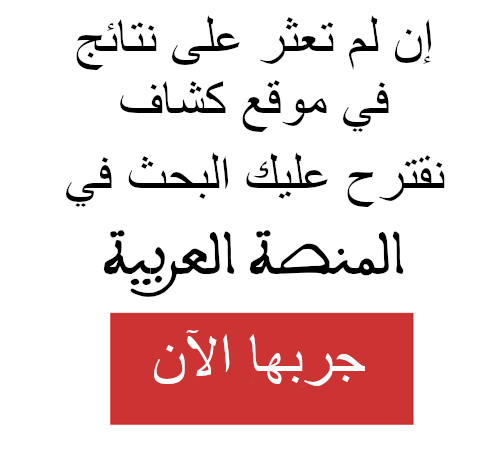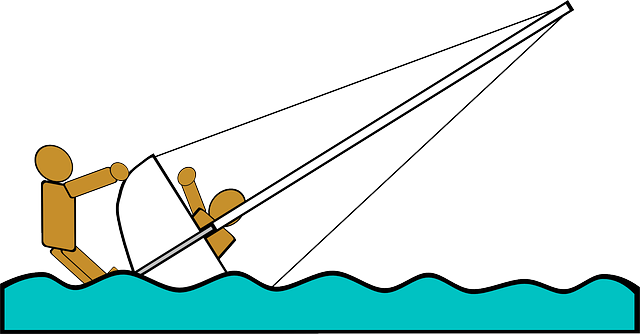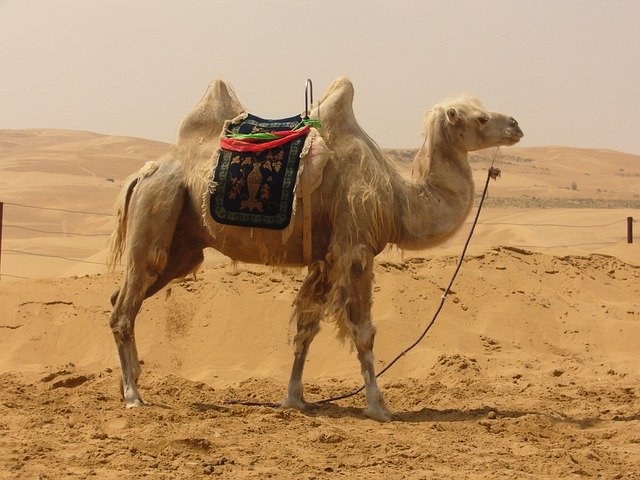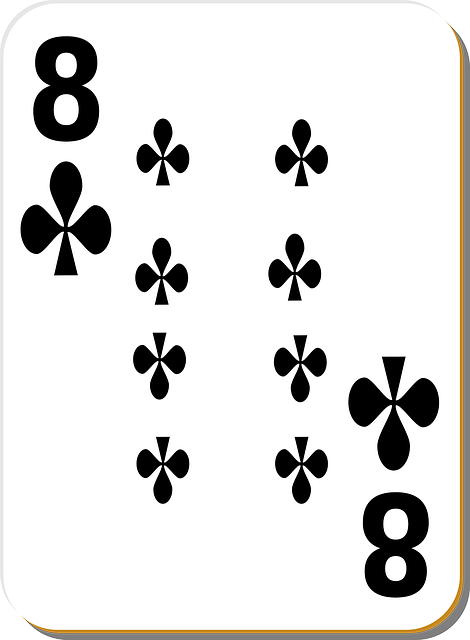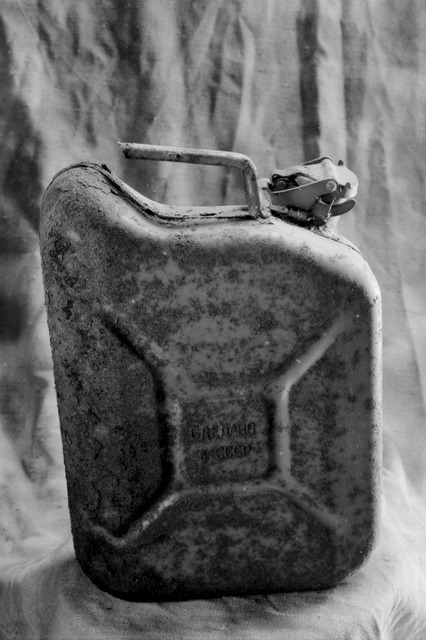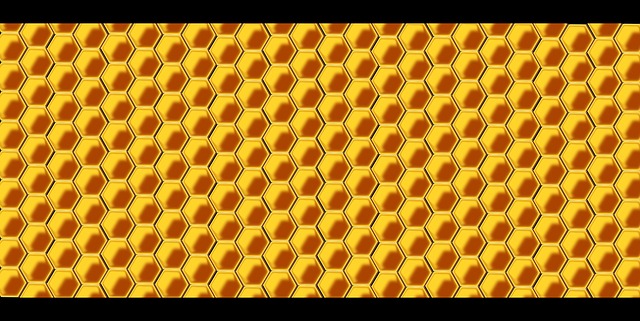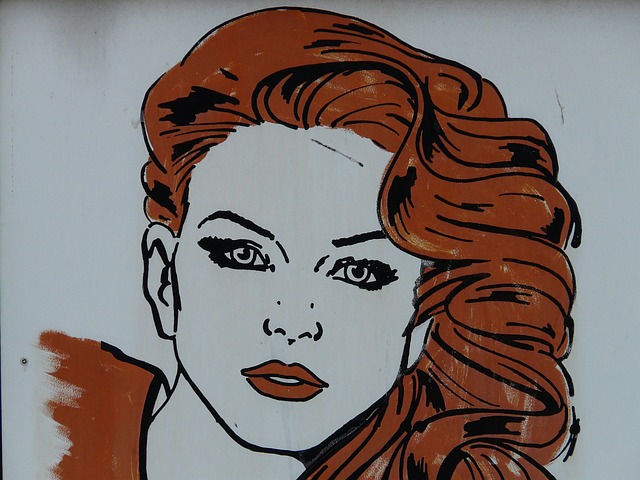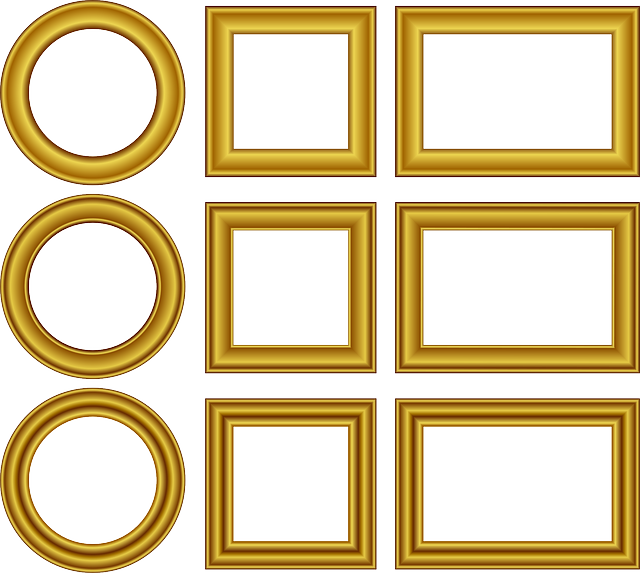بيت شعاريم، المنتزه الوطني
| Beit She'arim National Park | |
|---|---|
IUCN category II (national park) | |
|
Facade of the "Cave of the Coffins"
| |
المسقط في إسرائيل
| |
| المسقط | منطقة حيفا، إسرائيل |
| أقرب مدينة | حيفا |
| الإحداثيات | |
| الهيئة الحاكمة | هيئة الطبيعة والمنتزهات الإسرائيلية |
مسقط تراث عالمي حسب اليونسكو
| |
| الاسم الرسمي | Necropolis of Beit She'arim: A Landmark of Jewish Renewal |
| النوع | ثقافي |
| المعيار | ii, iii |
| التعيين | 2015 (39th الجلسة) |
| الرقم المرجعي | 1471 |
| State Party | إسرائيل |
| المنطقة | أوروپا وأمريكا الشمالية |
بيت شعاريم (بالعبرية: בֵּית שְׁעָרִים، "بيت البوابتين"؛ بالإنگليزية: Beit She'arim) هي حالياً الاسم المستخدم للبلدة اليهودية القديمة بيت شعاريم (بالعبرية: בּית שערַיִם, "بيت البوابتين") أوكفار شعاريم (بالعبرية: כְּפר שערַיִם، "قرية البوابتين"). الاسم العربي للربوة الواقعة عليها هوالشيخ إبريق. وثمة اسم عربي آخر هوبيت الغرباءʾ (بيت الغرباء).[]
المسقط الأثري المحفور جزئياً يضم أساساً مدينة موتى شاسعة في القبور المنحوتة في الصخر وبعض بقايا البلدة نفسها. المسقط تديره الهيئة الوطنية للمنتزهات بإسم بيت شعاريم، المنتزه الوطني. وتحد بلدة كريات طبعون إلى الشمال الشرقي وتقع على بعد خمسة كيلومترات غرب موشاڤ بيت شعاريم. وتقع على بعد 20 كم شرق سفوح الجليل الأسفل.
وفي 2015 أعربت اليونسكومسقط تراث عالمي. The rationale of the committee was as follows: The town's vast necropolis, carved out of soft limestone, contains more than 30 burial cave systems. Although only a portion of the necropolis has been excavated, it has been likened to a book inscribed in stone. Its catacombs, mausoleums, and sarcophagi are adorned with elaborate symbols and figures as well as an impressive quantity of incised and painted inscriptions in Hebrew, Aramaic, Palmyrene, and Greek, documenting two centuries of historical and cultural achievement. The wealth of artistic adornments contained in this, the most ancient extensive Jewish cemetery in the world, is unparalleled anywhere.
الاسم
حسب موشيه شارون، على خطا يحزقيل كوتشر، فإن اسم المدينة كان "بيت شعارَيم" أوكفار شعارَيم. النطق اليهودي اليمني القديم للاسم هوأيضاً "بيت شعارَيم"، والذي هوأكثر ارتباطاً بنطق اليونانية القديمة للاسم، وهوΒησάρα، "بـِسارا".
The popular orthography للحدثة العبرية التي تعني "بيت", בֵּית, is "beit", while the traditional King James one is "beth", the effort being now to replace both with the etymologically better suited "bet".
التاريخ
العصر الحديدي
شظايا الخزف المكتشفة في المسقط تدل حتى أول استيطان في المنطقة يعود إلى العصر الحديدي.
فترة المعبد الثاني
بيت شعاريم تأسست في نهاية القرن الأول ق.م.، في عهد الملك هيرود. المؤرخ اليهودي الروماني يوسفوس فلاڤيوس، في كتابه , أشار إلى المدينة بالاسم اليوناني بسارا Besara، المركز الادارية لأملاك الملكة برنيكه في مرج بن عامر.
العصران الروماني والبيزنطي
Benjamin Mazar described it as a prosperous Jewish town eventually destroyed by fire in 352, at the end of the Jewish revolt against Gallus and that after some time it was renewed as a Byzantine city, but more recent research shows that the Gallus revolt had a much lesser impact on the town.زلزال الجليل 363 أضر ببيت شعاريم، but without long-lasting effects.
After the destruction of the المعبد الثاني in 70 CE, the Sanhedrin (Jewish legislature and supreme council) moved to Beit She'arayim. The town is mentioned rabbinical literature as an important center of Jewish learning during the 2nd century. Rabbi Judah the Prince (Yehudah HaNasi), head of the Sanhedrin and compiler of the Mishna, lived there. In the last seventeen years of his life, he moved to Sepphoris for health reasons, but planned his burial in Beit She'arim. According to tradition, he owned there land he received as a gift from his friend, the Roman emperor Marcus Aurelius Antoninus.[] The most desired burial place for Jews was the Mount of Olives in Jerusalem, but in 135 CE, when Jews were barred from the area, Beit She'arim became an alternative. The fact that Rabby Judah was buried there led many other Jews from all over the country and from the Jewish Diaspora, from nearby Phoenicia to far-away Himyar in Yemen, to be buried next to his grave.
While it was originally thought that Bet She'arayim was destroyed during the Jewish revolt against Gallus in the mid-4th century, recent research has revealed the destruction to be far less extensive. An earthquake in 386 caused some damage, but the town recovered and enjoyed prosperity during the era of Byzantine rule. Almost 300 inscriptions primarily in Greek, but also in Hebrew, Aramaic, and Palmyrene were found on the walls of the catacombs containing numerous sarcophagi.
العصر الإسلامي المبكر
From the beginning of the Early Islamic period (7th century), settlement was sparse. Excavations uncovered 75 lamps dating to the period of Umayyad (7th-8th centuries) and Abassid (8th-13th centuries) rule over Palestine. A large Abbasid-period glassmaking facility from the 9th century was also found at the site (انظر أدناه).
العصر الصليبي
There is some evidence of activity in the former city area and necropolis dating to the Crusader period (12th century), probably connected to travellers and temporary settlement.
العصر العثماني
وثمة قرية عربية صغيرة تُدعى Sheikh Bureik was located here in the late 16th century. A map by Pierre Jacotin from Napoleon's invasion of 1799 showed the place, named as Cheik Abrit.
The village is mentioned again in The Survey of Western Palestine (SWP) citing data from 1859, and in 1875 by Victor Guérin. In 1872, the Ottoman authorities sold Shayk Abreik (together with a total of 23 villages and some seventy square miles of land) for £20,000 to the Sursuk family of Lebanon. "The Survey of Western Palestine", published in 1881, describes الشيخ أبريق as a small village situated on a hill with a conspicuous (sanctuary, holy tomb) located to the south. The village houses were made mostly of mud, and it belonged to the Sursuk family. The population at this time was estimated to be around 150. During World War I, the "finest oaks" of Sheikh Bureik were "ruthlessly destroyed" by the Turkish Army for use as rail fuel.
الانتداب البريطاني
The October 1922 census of Palestine recorded Sheikh Abreik with a population of 111 Muslims. At some time during the early 1920s, the Sursuk family sold the lands of the village to the الصندوق الوطني اليهودي, via Yehoshua Hankin, a Zionist activist who was responsible for most of the major land purchases of the World Zionist Organization in Ottoman Palestine. After the sale, which included lands from the Arab villages of Harithiya, Sheikh Abreik and Harbaj, a total of 59 Arab tenants were evicted from the three villages, with 3,314 pounds compensation paid. In 1925 an agricultural settlement also named Sheikh Abreik was established by the Hapoel HaMizrachi, a Zionist political party and settlement movement.
الآثار
The archaeological importance of the site was recognized in the 1880s by the Survey of Western Palestine, which explored many tombs and catacombs but did no excavation. The Arab Palestinian village of Sheikh Bureik was located on the hill until the 1920s, when the land was purchased by the Jewish National Fund. In 1936, ألكسندر زايد, employed by the JNF as a watchman, reported that he had found a breach in the wall of one of the caves which led into another cave decorated with inscriptions. In the 1930s and 1950s, the site was excavated by Benjamin Mazar ونحمان أڤيگاد.
مدينة الموتى اليهودية
Most of the remains date from the 2nd to 4th century CE. A large number of individuals were buried in the more than twenty catacombs of the necropolis. Geographical references in inscriptions on the walls of the catacombs reveal that the necropolis was used by people from the town of Beit She'arim, from elsewhere in Galilee, and even from cities as far away as تدمر وصور.
Aside from an extensive body of inscriptions in several languages, the walls and tombs have many images, engraved and carved in relief, ranging from Jewish symbols and geometric decoration to animals and figures from Hellenistic myth and religion.
In October 2009, two new caves were opened to the public whose burial vaults date to the first two centuries CE.
كهف يهوذا الأمير
The Jerusalem Talmud cites Beit She'arim as the burial place of Rabbi يهوذا الأمير, Yehuda HaNasi in Hebrew. His funeral is described as follows: "Miracles were wrought on that day. It was evening and all the towns gathered to mourn him, and eighteen synagogues praised him and bore him to Bet Shearim, and the daylight remained until everyone reached his home (Ketubot 12, 35a)." The fact that Rabbi Judah was buried here is believed to be a major reason for the popularity of the necropolis in Late Antiquity. The catacomb No. 14 is likely to have belonged to the family of Rabbi Judah the Prince. A clear inscription stating the name and title of Rabbi Judah the Prince in that catacomb identifies it as his burial site. A Hebrew wall inscription from Catacomb 14 reads "Simon [Shimon] my son shall be hakham [president of the Sanhedrin], Gamaliel my son patriarch, Hanania bar Hama shall preside over the great court", in reference to Rabbi Judah's sons Rabbi Shimon and Rabbi Gamliel, and to his student, Rabbi Hanina bar Hama. Two tombs located next to each other within the same catacomb are identified by bilingual Hebrew and Greek inscriptions as those of "R. Gamliel" and "R. Shimon", believed to refer to Judah's sons, the nasi Gamaliel III and the hakham Rabbi Shimon.
القبور الحميرية
In 1937, Benjamin Mazar revealed at Beit She'arim a system of tombs belonging to the Jews of Himyar (now Yemen) dating back to the 3rd century CE. The strength of ties between Yemenite Jewry and the Land of Israel can be learnt, of course, by the system of tombs at Beit She'arim dating back to the 3rd century. It is of great significance that Jews from Ḥimyar were being brought for interment in what was then considered a prestigious place, near the catacombs of the Sanhedrin. Those who had the financial means brought their dead to be buried in the Land of Israel, as it was considered an outstanding virtue for Jews not to be buried in foreign lands, but rather in the land of their forefathers. It is speculated that the Ḥimyarites, during their lifetime, were known and respected in the eyes of those who dwelt in the Land of Israel, seeing that one of them, whose name was Menaḥem, was coined the epithet قيل حمير [أمير حمير], in the eight-character Ḥimyari ligature, while in the Greek inscription he was called Menae presbyteros (Menaḥem, the community's elder). It is interesting to note that the name of a woman in Greek letters, in its genitive form, Ενλογιαζ, was also engraved there, meaning either 'virtue', 'blessing', or 'gratis'.
العصر العباسي
صناعة الزجاج
In 1956, a bulldozer working at the site unearthed an enormous rectangular slab, 11×6.5×1.5 feet, weighingتسعة tons. Initially, it was paved over, but it was eventually studied and found to be a gigantic piece of glass. A glassmaking furnace was located here in the 9th century during the Abbasid period, which produced great batches of molten glass that were cooled and later broken into small pieces for crafting glass vessels.
قصيدة داخل الدياميس
An elegy written in Arabic script typical of the 9-10th century and وتضم التاريخ 287 أو289 هجري (900 أو902م) عُثر عليها في دياميس مغارة جهنم أثناء حفريات جرت في 1956. The sophisticated and beautifully worded elegy was composed by the previously unknown poet أم القاسم، whose name is given in acrostic in the poem, and it can be read in Moshe Sharon's book or here on Wikipedia.
Moshe Sharon speculates that this poem might be marking the beginning of the practice of treating this site as the sanctuary of Sheikh Ibreik and suggests the site was used for burial at this time and possibly later as well. He further notes that the cave within which the inscription was found forms part of a vast area of ancient ruins which constituted a natural place for the emergence of a local shrine. Drawing on the work of Tawfiq Canaan, Sharon cites his observation that 32% of the sacred sites he visited in Palestine were located in the vicinity of ancient ruins.
حفريات مؤخراً
The excavations at the site were resumed by Adi Erlich, on behalf of the Zinman Institute of Archaeology, The University of Haifa. Erlich is focusing her excavation on the hilltop above the necropolis, where the ancient town had existed.
انظر أيضاً
- القبور المنحوتة في الصخر في إسرائيل القديمة
- السياحة في إسرائيل
الهامش
- ^ Sharon, Moshe (2004), Corpus Inscriptionum Arabicarum Palaestinae, Vol. III, D-F; page XXXVII [1]
- ^ Modern Bet She'arim Jewish Virtual Library
- ^ http://www.ynetnews.com/articles/0,7340,L-4676480,00.html
- ^ [2], مسقط تراث عالمي حسب اليونسكو,
- ^ Babylonian Talmud, Punctuated (תלמוד בבלי מנוקד), ed. Yosef Amar, Jerusalem 1980, s.v. Sanhedrin 32b (Hebrew)
- ^ Negev and Gibson, 2001, pp86-87.
- ^ Benjamin Mazar, Beth She'arim : Report on the Excavations during 1936-1940, Vol. I, p19.
- ^ "Beit She'arim - The Jewish necropolis of the Roman Period". www.mfa.gov.il. Israel Ministry of Foreign Affairs. 2000. Retrieved 16 April 2016.
- ^ The Holy Land: An Oxford archaeological guide, From earliest times to 1700, Jerome Murphy-O'Connor
- ^ H.Z. Hirschberg, Yisrā’ēl ba-‘Arāb, Tel Aviv 1946, pp. 53–57, 148, 283–284 (Hebrew)
- ^ Mazar, p20.
- ^ Hütteroth, Wolf-Dieter; Abdulfattah, Kamal (1977), Historical Geography of Palestine, Transjordan and Southern Syria in the Late 16th Century. Erlanger Geographische Arbeiten, Sonderband, Erlangen, Germany: Vorstand der Fränkischen Geographischen Gesellschaft, p. 158.
- ^ Karmon, 1960, p. 163
- ^ Conder and Kitchener, 1881, SWP I, p. 273
- ^ Guérin, 1880, pp. 395-397
- ^ Conder and Kitchener, 1881, SWP I, p. 356
- ^ Department of Agriculture and Fisheries, report of 1923, quoted by R. El-Eini, British forestry policy in Mandate Palestine 1929-48: Aims and realities, Middle Eastern Studies, Vol. 35, 1999, pp 72–155.
- ^ Barron, 1923, Table XI, Sub-district of Haifa, p. 33
- ^ Avneri, 1984, p. 122
- ^ In 1925, according to List of villages sold by Sursocks and their partners to the Zionists since British occupation of Palestine, evidence to the Shaw Commission, 1930
- ^ Kenneth W. Stein, The Land Question in Palestine, 1917-1939, p. 60
- ^ Universal Jewish Encyclopedia, Vol 6, entry "Colonies, Agricultural", p287.
- ^ Survey of Western Palestine, Vol. I, pp. 325-328 and 343-351
- ^ Mazar, p27.
- ^ The Oxford encyclopedia of Archaeology in the Near East considers Beth She'arim of international importance (Volume 1, p. 309-11); Tessa Rajak considers its importance regional ("The rabbinic dead and the Diaspora dead at Beth She’arim" in P. Schäfer (ed.), The Talmud Yerushalmi and Graeco-Roman culture 1 (Tübingen 1997), p. 349-66); S. Schwartz however, in Imperialism and Jewish society, 200 B.C.E. to 640 C.E. (Princeton 2001), p. 153-8, plays down the importance of Beth She'arim.
- ^ Beth She'arim, UNESCO world heritage site "tentative list", summary from 2002
- ^ Row erupts over discovery of Beit Shearim caves, Haaretz
- ^ Kelaim 9, 32a-b
- ^ Bet Shearim archaeology
- ^ The Oxford encyclopedia of Archaeology in the Near East, Volume 1, p. 309-11. For a more cautious view see M. Jacobs, Die Institution des jüdischen Patriarchen, eine quellen- und traditionskritische Studie zur Geschichte der Juden in der Spätantike (Tübingen 1995), p. 247, n. 59.
-
^ Heshey Zelcer (2002). . Universal Publishers. p. 74. ISBN . Retrieved 16 April 2016.
In 1954 two adjoining sepulchres in cave 14 in Bet She'arim were discovered bearing the inscriptions in Hebrew and Greek "R. Gamliel" and "R. Shimon," which are believed to be the coffins of the nasi and his brother.
- ^ H.Z. Hirschberg, Yisrā’ēl ba-‘Arāb, Tel Aviv 1946, pp. 53–57, 148, 283–284 (Hebrew).
- ^ Proceedings of the Seminar for Arabian Studies, 43 (2013): British Museum, London; Article by Yosef Tobi, The Jews of Yemen in light of the excavation of the Jewish synagogue in Qanī’, p. 351.
- ^ H.Z. Hirschberg, Yisrā’ēl ba-‘Arāb, Tel Aviv 1946, pp. 56 – 57; p. 33 plate b. Christian Robin rejects the interpretation of the ligature qyl ḥmyr. He notes that today the inscription Menae presbyteros can no longer be seen. The only secured inscription is Ômêritôn [the Ḥimyari].
- ^ The Mystery Slab of Beit She'arim, Corning Glass Museum
- ^ Sharon, 2004, p. xli
- ^ Sharon, 2004, p.xlii
- ^ Official Facebook page of renewed expedition
وصلات خارجية
- Beit She'arim National Park - official site
- Pictures of Beit She'arim Israel in Photos
- Video Tour of Beit She'arim necropolis YouTube
- Jacques Neguer, The Catacombs:Conservation and reconstruction of the catacombs, Israel Antiquities Site - Conservation Department
| مشاع الفهم فيه ميديا متعلقة بموضوع Bet Shearim. |

